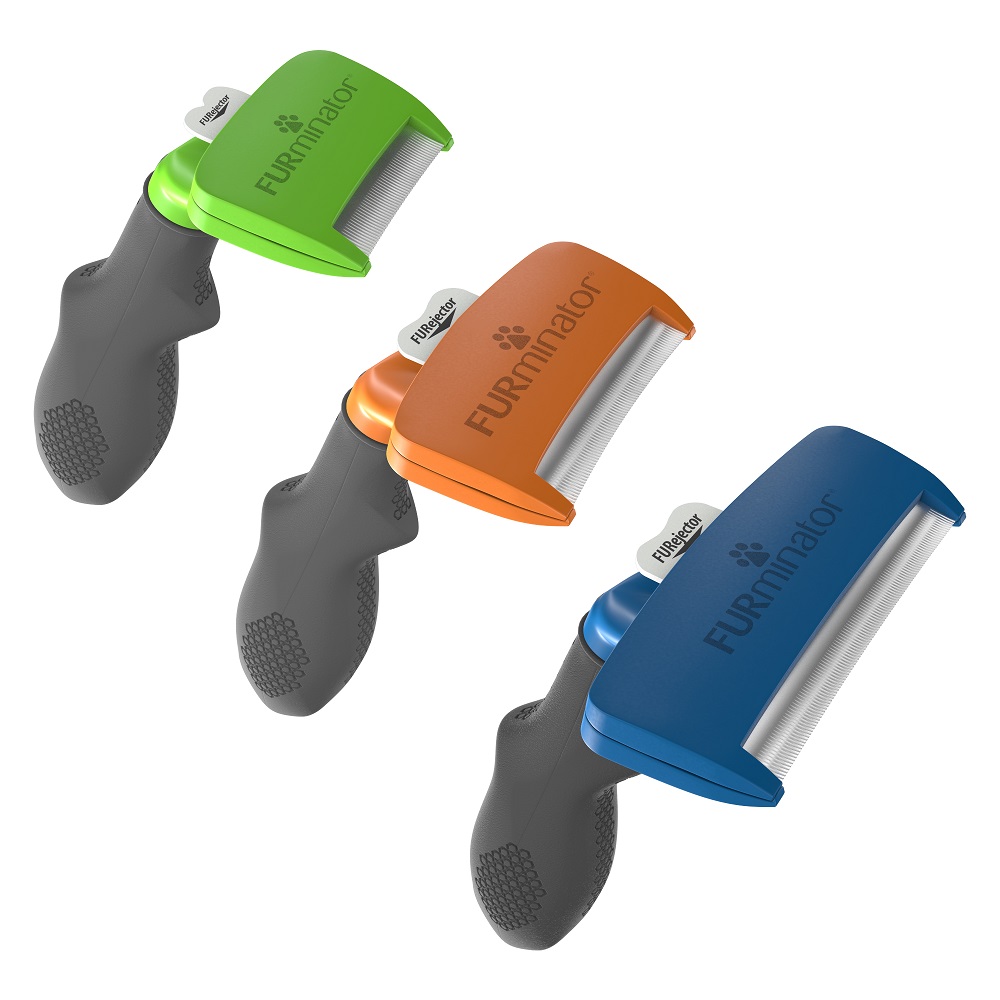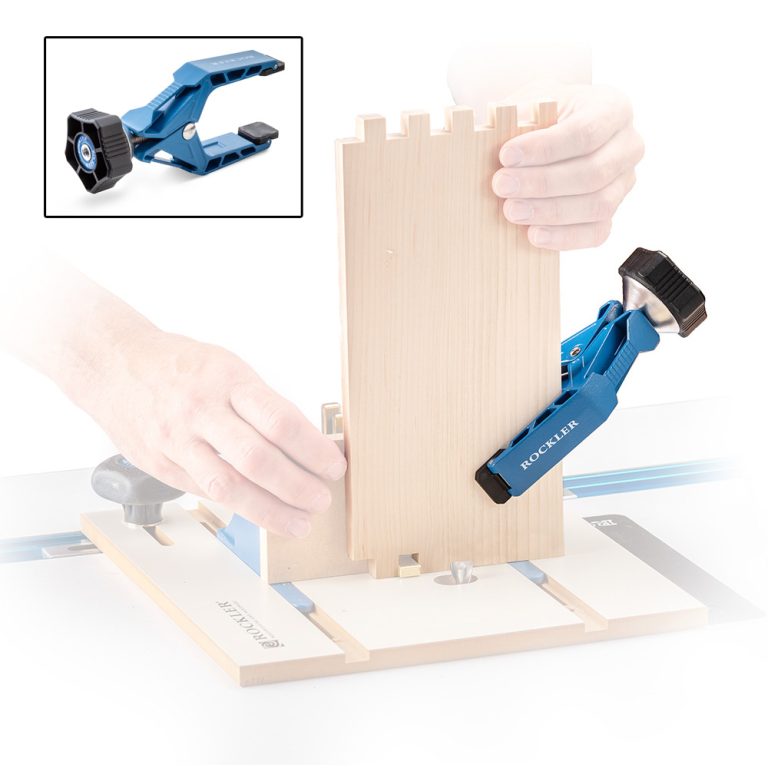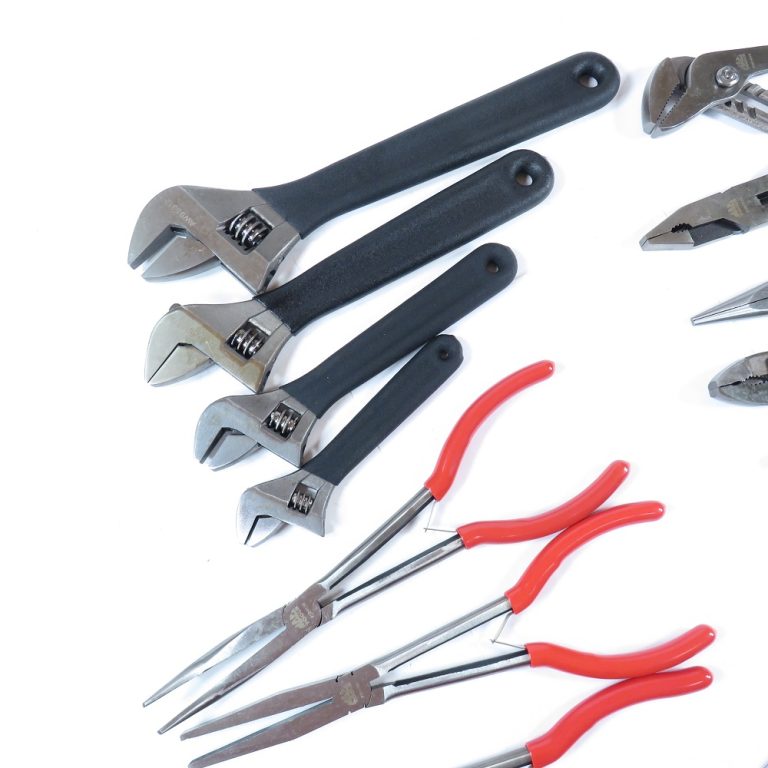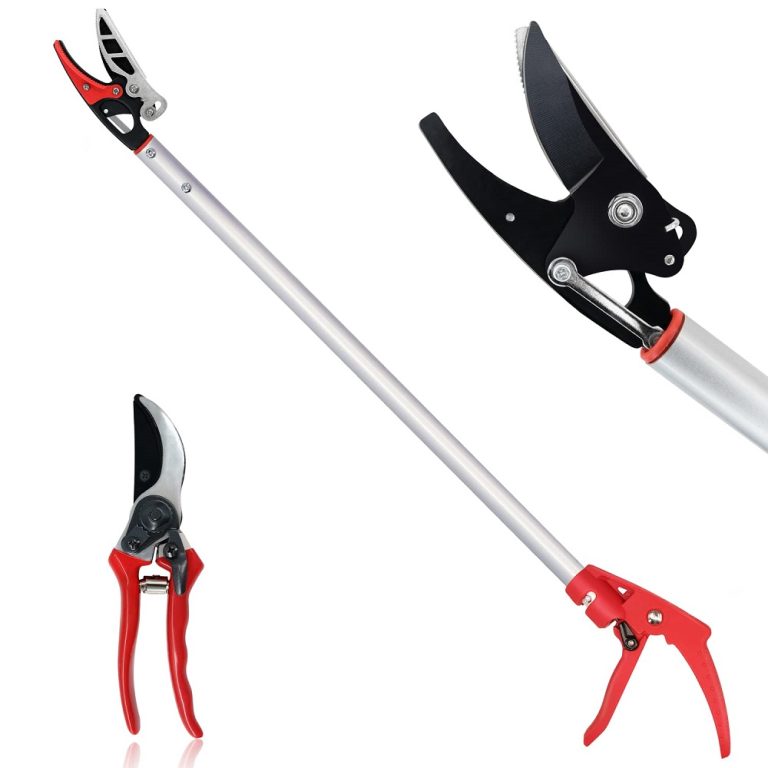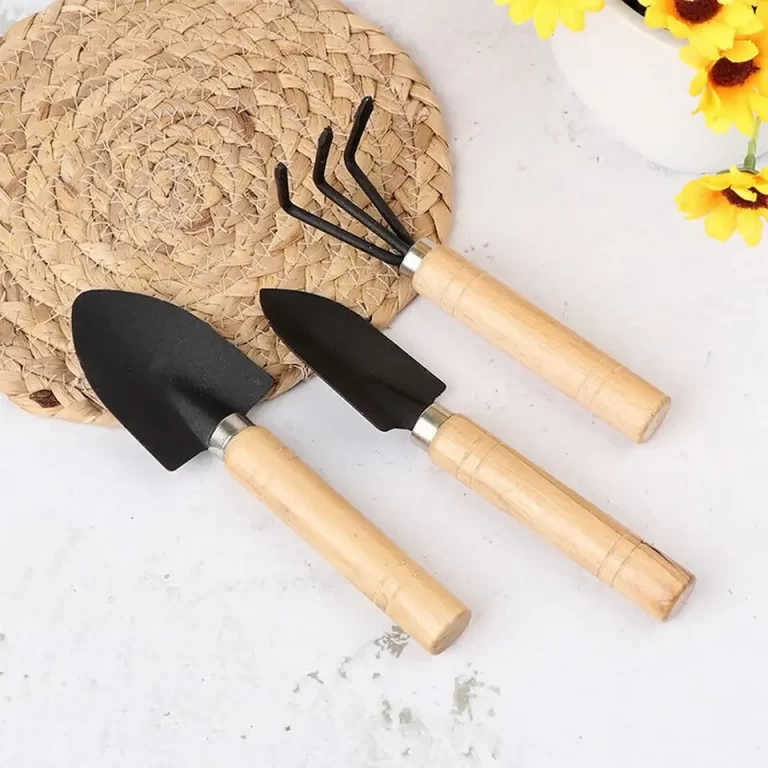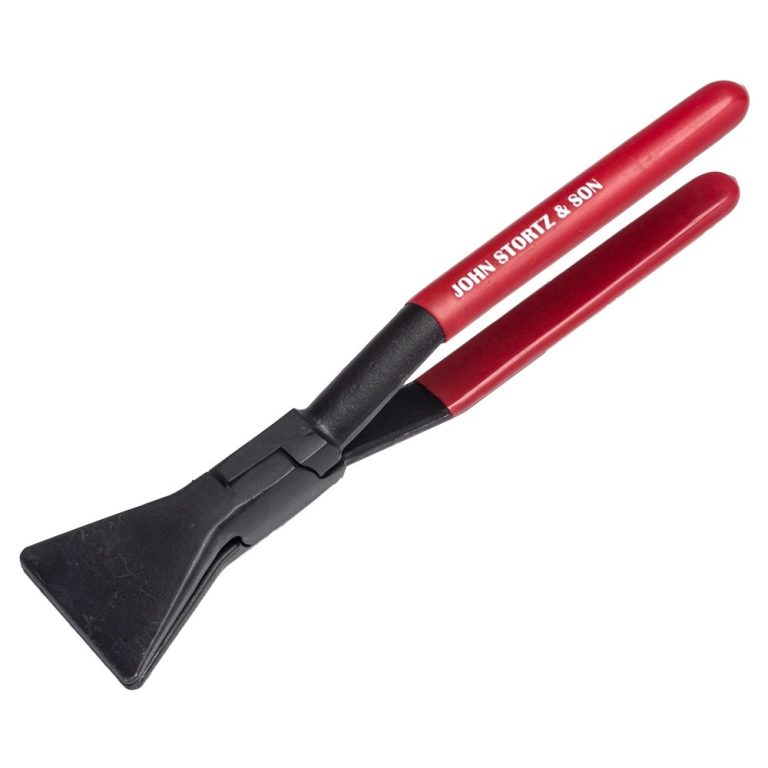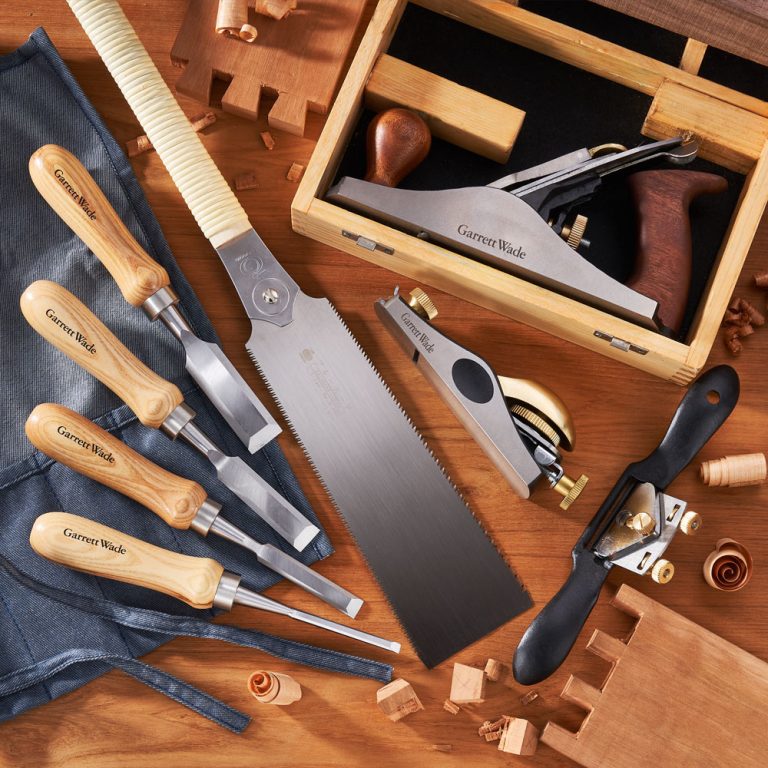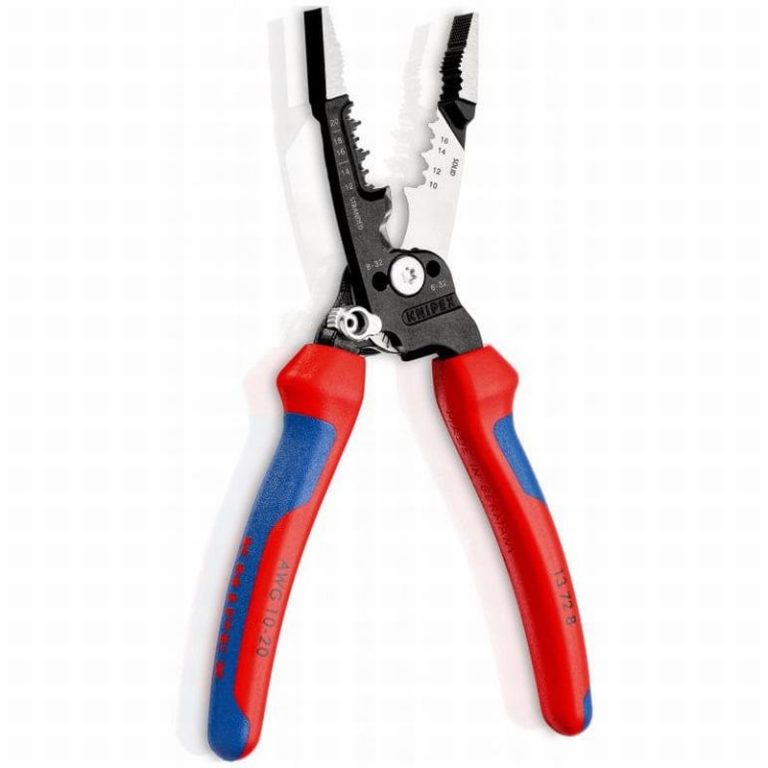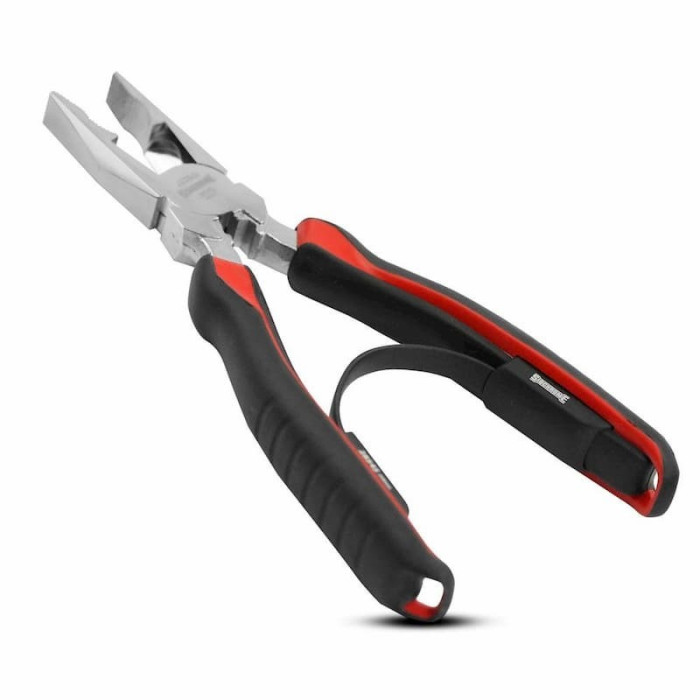Understanding Dog Grooming Essentials
Professional vs. Home Grooming
Choosing between professional grooming and home grooming depends on various factors including your confidence, time constraints, and your dog’s specific needs. Professional groomers offer expertise and advanced techniques tailored to individual dogs, while home grooming gives owners the flexibility to groom frequently and forms a personal bonding experience. No matter your choice, having reliable dog grooming tools is crucial to achieve effective, comfortable grooming results without causing stress to your pet.
Building a Grooming Kit
A comprehensive grooming kit is vital to provide complete care for your dog. Essential items include clippers, nail trimmers, various brushes, and combs suitable for your dog’s coat type and length. A well-rounded kit allows you to address different grooming needs, whether it’s daily maintenance or a more thorough grooming session. Quality dog grooming tools ensure practicality and longevity, adapting to different types of coats and sizes your dog may have as they grow and change.
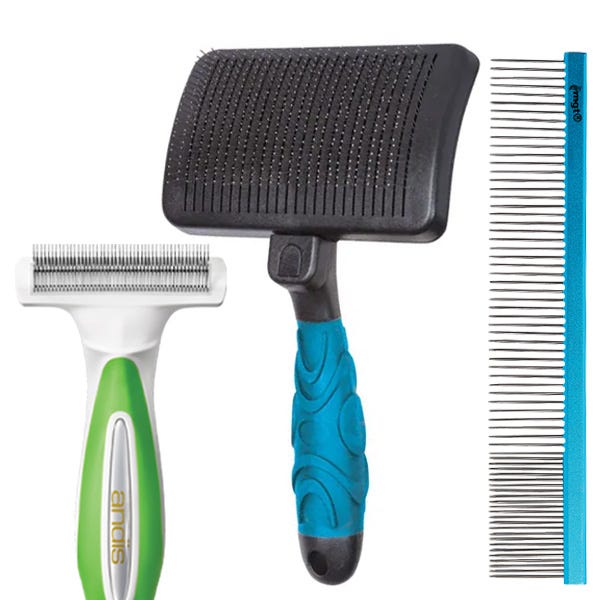
Choosing Safe Dog Clippers
Blade Quality
Choosing clippers with high-quality blades is vital for efficient grooming sessions. Stainless steel blades are known for maintaining sharpness over time, reducing the chance of tugging or pulling at the dog’s fur. Ceramic blades are favored for their quieter operation, making them ideal for sensitive dogs that are easily startled by noise. Picking blades that glide smoothly ensures clean, precise cuts, reducing stress for both dogs and owners and avoiding any inadvertent nicks.
Adjustable Settings
Clippers equipped with adjustable settings cater to a variety of coat lengths and types. Features like variable speeds and interchangeable comb attachments allow greater control and customization during grooming. This versatility lets you handle thick undercoats and finer top layers effectively. Adjustable settings assist in accommodating different breeds and seasonal coat changes, making sure you have the right tool for both summer trims and winter grooming needs.
Safety Features
Safety features are important considerations to prevent accidents during grooming sessions. Non-slip grips aid in securing the clippers in your hand, reducing the possibility of slips that could lead to cuts. Blade guards act as a protective measure, preventing excessively close cuts that might harm the skin. Evaluating safety measures before purchasing ensures a safe grooming experience for your dog, allowing both of you to enjoy less stressful grooming sessions.
Nail Trimmers and Their Importance
Types of Nail Trimmers
Nail trimmers come in multiple styles, each serving specific grooming needs. Guillotine-style trimmers, perfect for beginners, offer simplicity and ease of use. Scissor-style trimmers grant precision and are suitable for larger, thicker nails. Electric grinders provide smooth, even edges and are excellent for handling pets with brittle nails or those prone to splintering. Choosing the right type ensures comfort and effectiveness for both the pet and the groomer.
Regular Nail Maintenance
Regular nail maintenance is crucial to prevent discomfort and injury in dogs. Overgrown nails can induce pain by curling into paw pads or cause structural foot issues. Furthermore, long nails might lead to scratches on themselves or others. Regular trimming keeps nails at a healthy length, ensuring optimal paw health. Routine checks and trims form an essential part of your dog’s grooming schedule, contributing to their overall health and happiness.
Tackling Trimming Anxiety
Many dogs experience anxiety with nail trimming. Mitigating this involves gradually introducing grooming tools through positive associations. Treats and praise can encourage cooperation, while a calm environment reduces stress. Gradual processes help acclimate pets to the sensation and noise of nail trimming. Positive reinforcement while grooming builds trust with your dog, making future sessions more relaxed and enjoyable for both parties.
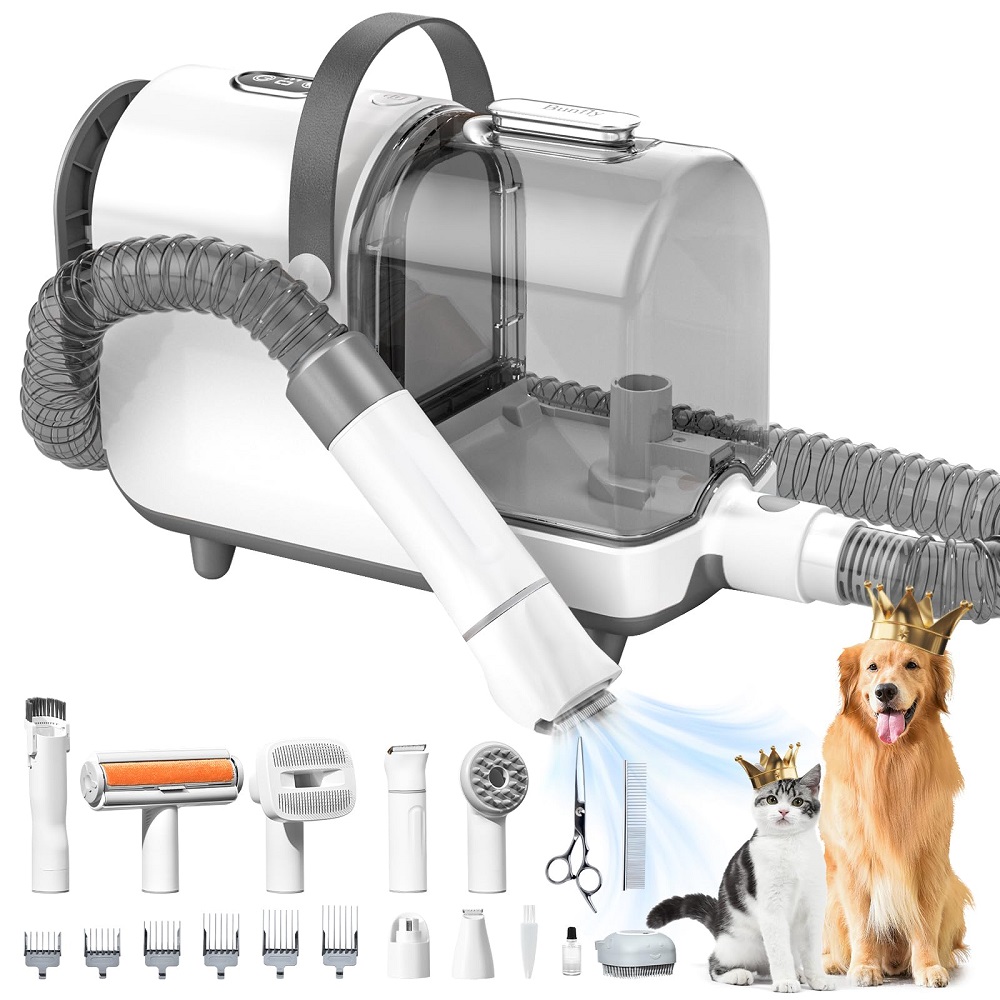
Selecting Clippers for Different Breeds
Small Breeds
Small breeds often need lightweight and quiet clippers due to their delicate size and sensitivity. Compact clipper designs allow easy maneuverability across tiny bodies and agile coats without causing distress. Low-noise models are preferred, as excessive sound can provoke anxiety in smaller dogs. Selecting clippers specifically designed for small breeds enhances the grooming experience, making sessions smoother and more pleasant.
Medium Breeds
Medium breeds benefit from clippers offering versatility in speed and adaptability. Options with adjustable-speed settings cater to a variety of coat textures found in medium-sized dogs. Ensuring clippers are balanced aids in trimming undercoats and finer top layers without difficulty. Choosing the right clippers makes grooming comfortable and thorough, accounting for mixed coats typical in medium-sized dogs.
Large Breeds
For large breeds with thick, heavy coats, powerful clippers become necessary. Models designed for heavy-duty use ensure efficient trims across broad and dense fur areas. High-performance clippers tackle large grooming jobs quickly, reducing the time and effort involved for both dog and owner. Selecting robust clippers ensures thick coats are managed properly, maintaining comfort and style for bigger dogs throughout their grooming routine.
Safety in Grooming Tools
Guarding Against Injuries
Injury prevention is a priority when using grooming tools on pets. Ensure tools are equipped with mechanisms enhancing safety, such as rounded edges and adjustable guards. Sharpness is crucial for effective grooming, yet should not compromise pet safety, avoiding accidental cuts. Prioritize features capable of minimizing risks during the grooming process, ensuring safe and gentle interactions with your dog.
Handling Techniques
The proper handling of grooming tools can significantly affect safety and efficacy. Mastering firm yet gentle grips ensures control while using clippers and trimmers, preventing sudden movements that may lead to mishaps. Familiarizing yourself with operating tools correctly results in smoother procedures. Correct handling techniques safeguard dogs against undue stress and contribute to grooming success.
Emergency Preparedness
Preparing for emergencies during grooming includes having a first-aid kit readily accessible. Knowing how to use blood-stopping powder in case of cuts prevents panic and quickens recovery. Familiarizing yourself with basic wound care ensures confidence and efficiency in handling minor injuries, promoting a safe environment during grooming sessions for both the pet and the groomer.
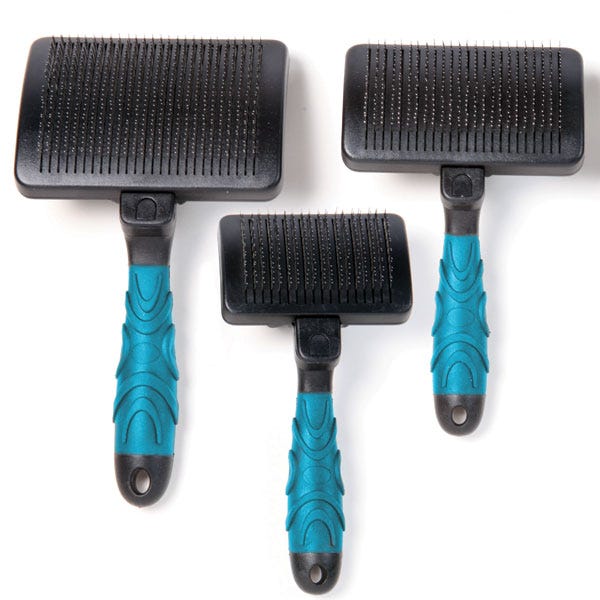
Maintaining Tool Longevity
Cleaning and Storage
Proper cleaning and storage extend the life of dog grooming tools. Regular removal of hair and sanitation of blades preserves sharpness and efficiency. Well-maintained dog grooming tools reduce wear and tear, preventing rust and deterioration. Once cleaned, store tools in conditions that protect against moisture and damage, ensuring they remain functional for future grooming needs.
Regular Sharpening
Sharpening dog grooming tools regularly is crucial to maintain their performance. Dull blades can lead to discomfort by tugging at fur instead of cutting smoothly. Sharpening ensures optimal cut quality, maintaining efficacy and precision during grooming. Routine sharpening safeguards tools from becoming ineffective due to wear, extending their usability and reliability.
Replacement Parts
Investing in grooming tools with replaceable parts is cost-effective and practical. Clippers allowing easy blade or battery replacement increase lifespan without necessitating full tool replacement. Continuously replacing worn components revives functionality, ensuring tools perform efficiently. Choosing versatile dog grooming tools capable of component changes supports ongoing grooming needs with minimal disruption.
Creating a Comfortable Grooming Environment
Setting Up the Space
Setting up a dedicated grooming space enhances comfort and efficiency. Ensure sufficient lighting to see details and access water for cleaning. Comfortable setups reduce stress, facilitating more focused and productive grooming sessions. Establishing a designated area reinforces routine, making grooming consistent and stress-free for dogs and owners.
Reducing Noise and Distractions
Minimize background noise and distractions to foster a calm grooming setting. Soft music or white noise helps mask the sounds of clippers, soothing your pet. By maintaining quiet operations, dogs remain relaxed, allowing grooming to proceed smoothly. Reducing external stimuli encourages relaxed and receptive grooming sessions.
Bonding During Grooming
Grooming time offers opportunities to strengthen bonds between owners and pets. Use grooming for engaging and affectionate interactions, building trust and promoting cooperation. Positive reinforcement during grooming nurtures relationships, making time spent beneficial beyond mere coat maintenance. Establishing love through grooming solidifies bonds and improves pet comfort.
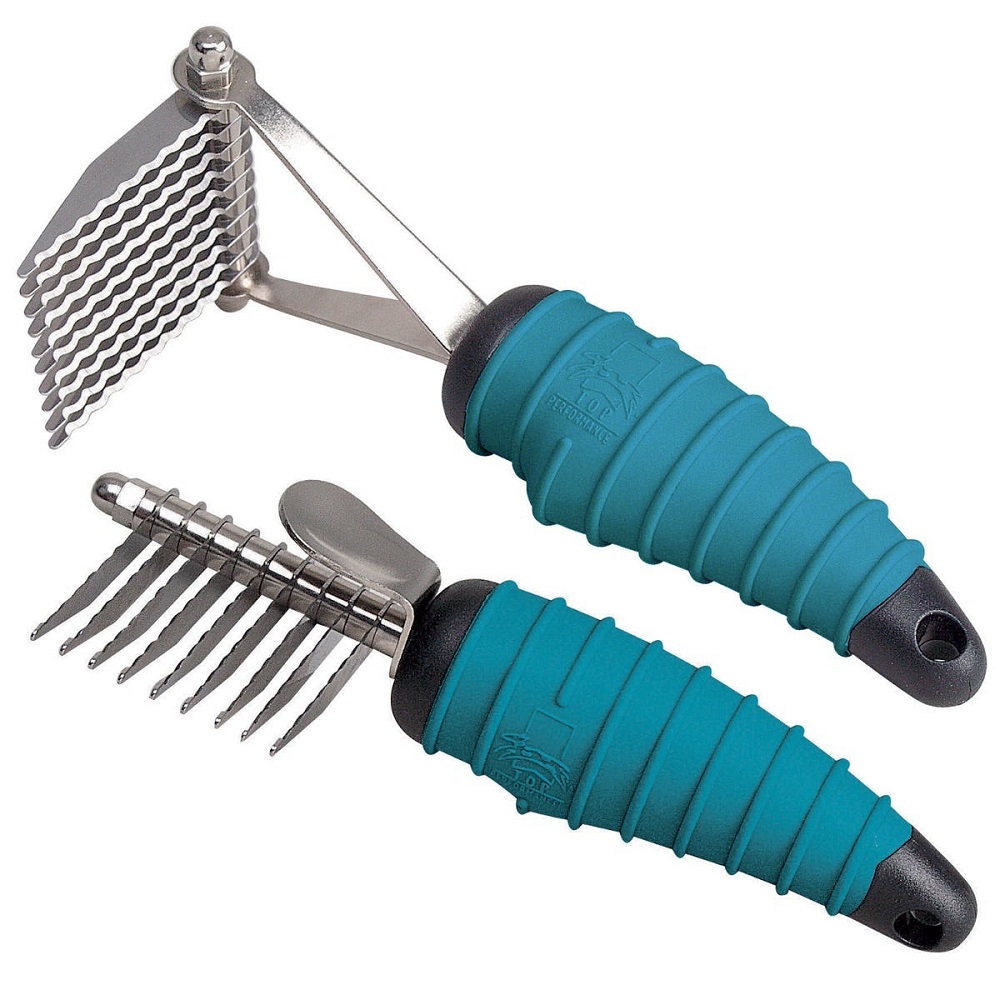
Educating Yourself on Grooming Practices
Learning Techniques
Learning proper grooming techniques ensures effectiveness and gentleness. Utilize online tutorials and attend grooming classes if possible. Guidance helps refine skills, leading to confident and efficient grooming practices. Consistent learning empowers groomers with knowledge and capability, achieving desired results while keeping dogs comfortable.
Staying Updated
Stay updated on grooming trends and tool advancements for optimal experiences. Industry innovations enhance grooming techniques and improve animal utensils for better outcomes. Adapting to new dog grooming tools and practices keeps grooming fresh and engaging while ensuring your pet receives up-to-date care.
Community Support
Belonging to grooming communities offers insights, support, and valuable tips. Shared experiences within networks help solve problems collectively, expanding resource access and providing encouragement. Networking within communities benefits both novice and experienced groomers, fostering a collaborative environment for growth and improvement.
Health Benefits of Grooming
Skin and Coat Health
Grooming significantly contributes to skin and coat health. Regular removal of dirt, built-up oils, and debris prevents infections and fur matting. Consistent grooming enhances shine, softness, and the overall quality of a dog’s coat, benefiting their health and physical appearance simultaneously.
Detecting Health Issues
Grooming sessions enable early detection of potential health issues like lumps, parasites, or skin irritations. Regular inspections facilitate prompt interventions, preventing minor conditions from escalating. Monitoring your dog’s health during grooming ensures they receive timely care, maintaining their wellbeing and comfort.
Stress Reduction
Gentle grooming can reduce stress for dogs, providing comfort and relaxation through methodical, soothing strokes. Establishing a grooming routine achieves calmness, while friendly exchanges and care deepen trust. Ensuring grooming is a nurturing experience reduces anxiety, making the process pleasurable for dogs.

Common Mistakes to Avoid
Rushing the Process
Rushing grooming procedures compromises thoroughness and comfort. Allocate adequate time for grooming to cope with every crucial task comprehensively. Hasty sessions often result in missed spots and increased discomfort, reducing grooming quality and inducing unnecessary stress on your pet.
Neglecting Tool Maintenance
Ignoring tool maintenance affects grooming efficacy, leading to subpar results. Preparedness includes cleaning and sharpening dog grooming toolsregularly to maintain performance. The condition of dog grooming tools directly affects session success, with well-maintained tools delivering optimal outcomes.
Ignoring Pet Signals
Pay attention to your pet’s signals during grooming to prevent mishaps. Dogs exhibiting discomfort hint at possible missteps or concerns. Response sensitivity avoids mishaps and respects your dog’s limits and needs, ensuring each session is safe and comfortable.
FAQ:
1. What are the best types of dog grooming clippers for home use?
When it comes to grooming your dog at home, choosing the right clippers is essential for safety and a smooth grooming experience. Here are the types of clippers and their benefits:
- Cordless Dog Clippers:
- Ideal for small to medium-sized dogs or touch-ups.
- Offers flexibility and ease of movement, especially if your dog gets nervous or moves around during grooming.
- Corded Dog Clippers:
- Best for larger dogs or breeds with dense, thick coats, as they provide continuous power and won’t need charging mid-session.
- Single-Speed Clippers:
- Suitable for beginners or dogs with simple coat types.
- Easier to control and safer for sensitive or smaller dogs.
- Variable-Speed Clippers:
- More versatile, with the ability to adjust speeds for tackling thicker fur or delicate areas like face and paws.
Recommended Brands:
Commonly recommended brands include Andis, Wahl, and Oster, all of which are known for reliability, durability, and a range of options for different breeds and coat types.
Tip: Always choose clippers specifically designed for pets, as human hair clippers can overheat or malfunction on thicker dog fur.
2. What’s the safest nail trimmer for dogs, and how do I pick the right one?
Cutting your dog’s nails can be intimidating, but the right tool makes it safer and easier. Here are the main types of nail trimmers to consider:
- Guillotine Nail Clippers:
- Best for small to medium-sized dogs with thin nails.
- Features a loop where the nail is inserted, with a blade that cuts when squeezed.
- Ideal for beginners due to its straightforward design.
- Scissor-Style Clippers:
- Works like scissors and is better for large breeds or dogs with thick nails.
- Offers better leverage and precision for tough nails.
- Grinder/Rotary Tool (e.g., Dremel):
- Electric grinders gently file down nails instead of cutting, reducing the risk of hitting the quick (the sensitive part of the nail).
- Ideal for dogs who are nervous or have nails that are too thick for traditional clippers.
Features to Look For:
- Safety Guard: Prevents cutting too much of the nail at once to avoid injuring the quick.
- Ergonomic Design: Comfortable grip to prevent slipping during trimming.
- Sharp Blades: Stainless steel blades ensure clean cuts to reduce splintering or discomfort.
Tip: For dogs unaccustomed to nail trimming, start with single nails and reward them to associate grooming with positive outcomes.
3. How can I safely groom a nervous dog at home?
Grooming a nervous dog requires patience, a careful approach, and preparation. Here’s how you can make the process safer and less stressful:
- Prepare Your Tools:
- Have all grooming tools (clippers, brushes, combs, nail trimmers) ready and within reach before starting. Avoid interruptions.
- Desensitize Your Dog:
- Introduce the tools gradually. Let your dog see, sniff, and hear them before using them. For clippers, turn them on to let your dog get used to the sound.
- Start Slow:
- Begin with short grooming sessions (5–10 minutes) and focus on areas your dog is comfortable with. Increase the duration gradually.
- Use Rewards:
- Offer treats, praise, or toys to keep your dog calm and associate grooming time with positive experiences.
- Secure the Area:
- Work in a quiet and safe space where your dog feels comfortable and where they can’t easily run away, such as a non-slippery bathroom floor or grooming table.
- Consider Professional Help:
- If your dog is very fearful or aggressive during grooming, consult a professional groomer or veterinarian for advice or assistance.
Patience, kindness, and steady progress will help reduce nervousness over time.
4. How do I maintain and clean dog grooming clippers and nail trimmers?
Proper maintenance of dog grooming tools ensures longevity, efficiency, and safety for your pet. Here’s how to care for them:
For Clippers:
- Clean After Every Use:
- Use a clipper brush or compressed air to remove fur and debris from the blades.
- Wipe the blades with a damp cloth to remove oils and dirt.
- Oil the Blades:
- Apply clipper oil regularly to keep the blades running smoothly and prevent overheating and rusting.
- Sharpen Blades:
- Replace or sharpen dull blades, as they can pull or snag your dog’s fur, causing discomfort.
- Disinfect:
- Use a blade disinfectant spray or alcohol wipe to sanitize the clippers before and after each grooming session, especially if used on multiple pets.
For Nail Trimmers:
- Clean the Blades:
- Wipe off nail dust and debris with a dry cloth.
- Check the Edges:
- Ensure the blades remain sharp. Replace if they become dull.
Proper tool maintenance ensures safe and effective grooming sessions while preventing injury to your pet.
5. How often should I groom my dog’s coat and nails?
The frequency of grooming depends on your dog’s breed, coat type, and lifestyle, but here are general guidelines:
Coat Grooming:
- Short-Haired Breeds: Groom every 4–6 weeks to maintain cleanliness and remove shedding fur. Breeds: Labrador Retrievers, Beagles.
- Medium/Long-Haired Breeds: Brush at least 2–3 times per week to prevent tangles and matting. Full grooming every 6–8 weeks. Breeds: Golden Retrievers, Border Collies.
- Double-Coated Breeds: Brush weekly and schedule seasonal de-shedding sessions (e.g., during spring and fall) to manage heavy shedding. Breeds: Siberian Huskies, German Shepherds.
- Curly or Non-Shedding Coats: Regular brushing every 1–2 days to prevent mats. Full grooming (bath, clip, etc.) every 4–6 weeks. Breeds: Poodles, Bichon Frises.
Nail Trimming:
- Trim your dog’s nails every 3–4 weeks, or as needed. If you hear clicking noises on hard floors when your dog walks, it’s time for a trim.
- Dogs that are very active on hard surfaces may naturally wear down their nails and require less-frequent trims.
Maintaining a regular grooming schedule keeps your dog comfortable, healthy, and looking their best.
Building Confidence in Grooming
Start with Basics
Begin grooming with basic tasks to promote skill-building and confidence. Gradual improvement helps ease learning curves, making adaptation simpler and more enjoyable. Mastering foundational elements prepares groomers for advanced techniques, solidifying capabilities for comprehensive care.
Celebrate Small Wins
Celebrate and recognize small achievements in grooming. Acknowledging progress motivates continued effort and practice, encouraging groomers to refine skills further. Celebrating small victories fosters enthusiasm and persistence, essential in mastering grooming techniques and developing expertise.
Encouraging Growth
Developing continual growth for proficient grooming skills starts with the right dog grooming tools, like safe dog grooming clippers for beginners. Regular practice and a willingness to learn enhance expertise in caring for different dogs. Focusing on personal growth creates a fulfilling grooming journey, benefiting both the owner and the pet through shared experiences.
